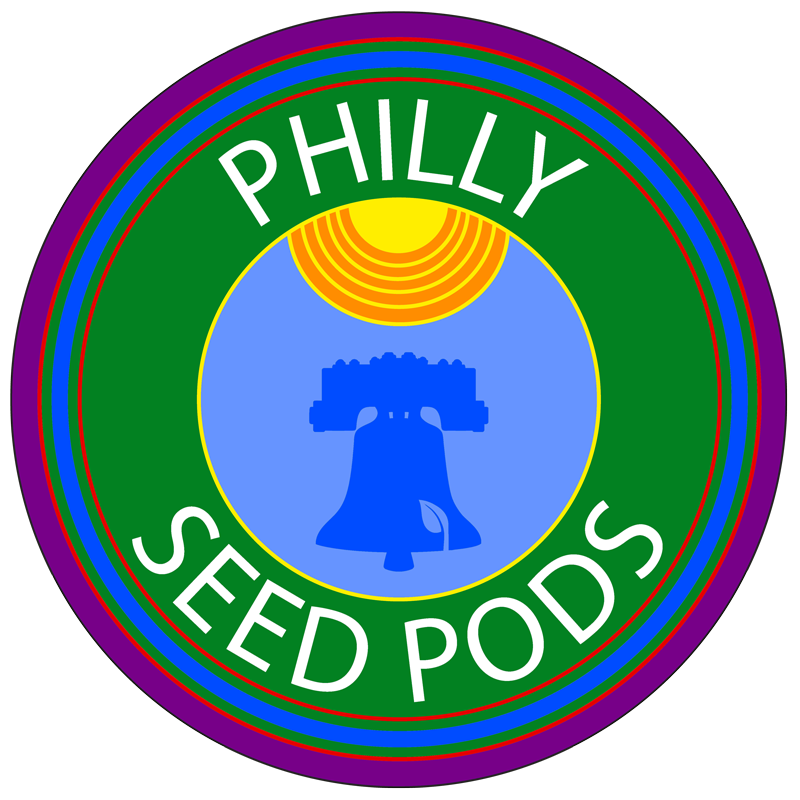Part 6: How to Plant and Care for Native Plants
This is the final video of the curriculum, and it explains how you can use the knowledge learned from the previous videos to protect native plants or even grow your own native plants, either in pots or in garden beds.
Wow! This is our final section! You’ve learned so much already; this section is just here to help you put that knowledge to good use. How can you grow these native plants you’ve learned about so that you can help our ecosystem get stronger? Well, every plant needs different things; different amounts of space, light, and water, different types of dirt, different everything! Some plants can be grown indoors, some can’t, and in this section, we’re going to go over exactly what our 5 different native plants need so that you can get gardening!
Okay, so, sunflowers: remember these are so important because they’re so resilient and strong? That also means they’re big. These plants are generally too big to grow in a pot, as they need a lot of space for their roots, and they grow very tall so they need room for that as well. As you may have guessed from the name, they need lots and lots of sun! If you want a smaller sunflower, you can get a dwarf sunflower plant, which is okay to grow in a pot.
Wild violets are much smaller so it’s okay for them to be in a pot. Whenever you put your natives in pots, it’s best if those pots can be placed outside, so that your plants will help bolster the ecosystem!
Violets like shade, and they like wet, moist dirt, so make sure you plant them somewhere damp and shady!
Now, the native honeysuckle is simply too big to be grown inside. It’s too big for a pot, too, and there’s no dwarf version! If you want to plant this plant, you need to make sure you have a very large area for it, and something nearby that it can climb up.
Goldenrod is also generally very big, but remember there are different types of goldenrod; if you have a smaller outdoor garden, dwarf goldenrod would be the right size for you. None of them are quite small enough to be happy in a pot, though.
There are also many different kinds of asters! For small spaces, stokes aster is good. Stokes aster like to be right in the middle: not too much shade or sun, not too much water or too little water. My favorite is heath aster, which is a low growing plant, and would like nice in a very large pot. They like the sun, but they also like to be in the middle when it comes to water! Another type is wood aster, which is very big, so make sure if you want to plant that kind you have enough space!
Remember, never take a native plant out of nature! That would do more harm to the ecosystem than good. When you’re ready to start you’re native plant garden, go to a native plant nursery, or find somewhere that’s having a native plant sale! Some of my favorite p;aces to buy native plants are:
Schuylkill Center for Environmental Education
Stoneleigh Gardens
Bartram’s Garden
Thank you for going through this course!
You now have the knowledge to protect our ecosystem and our native plants; it’s time for you to go out and start doing it!
Go out and get gardening!
